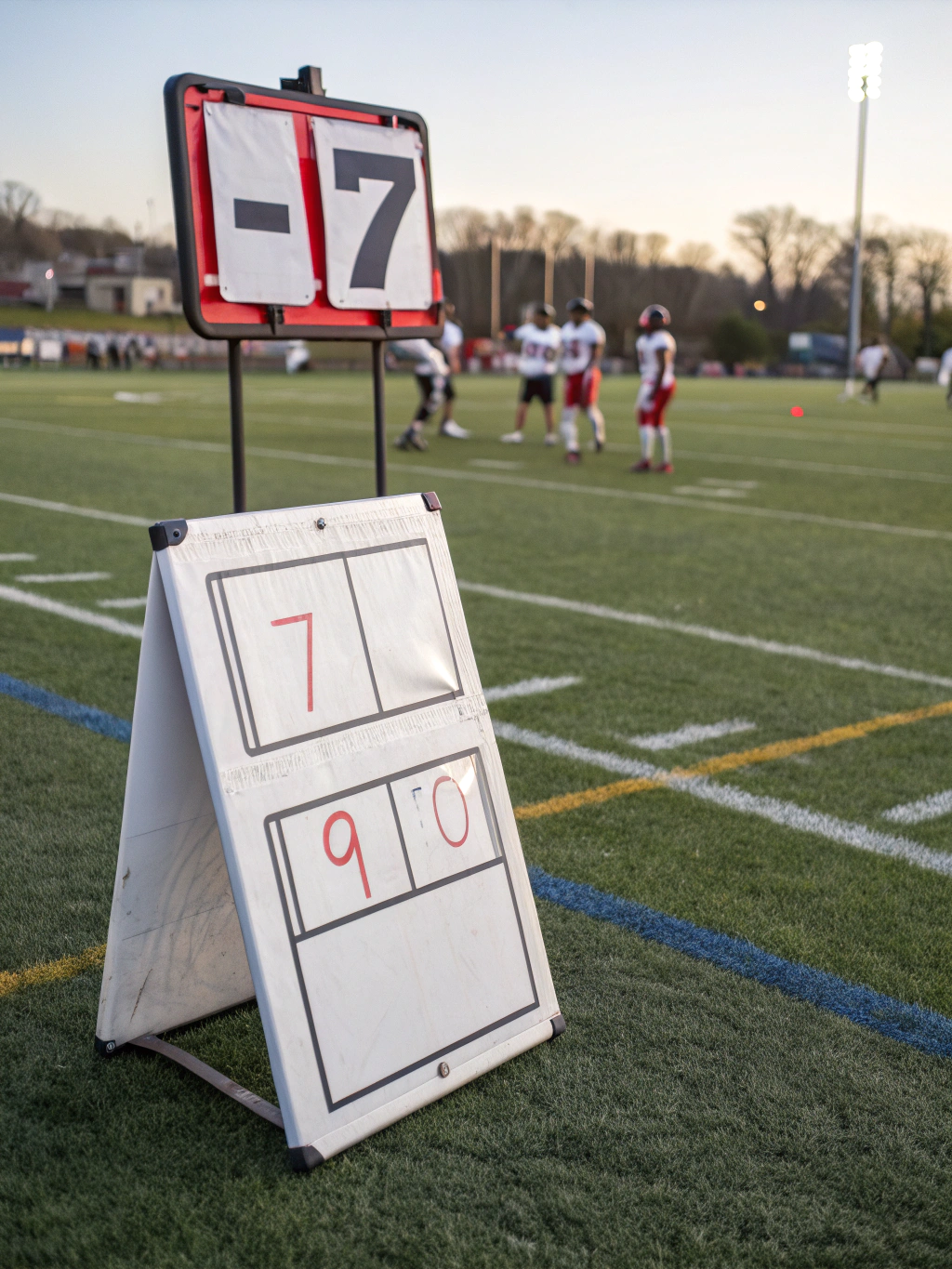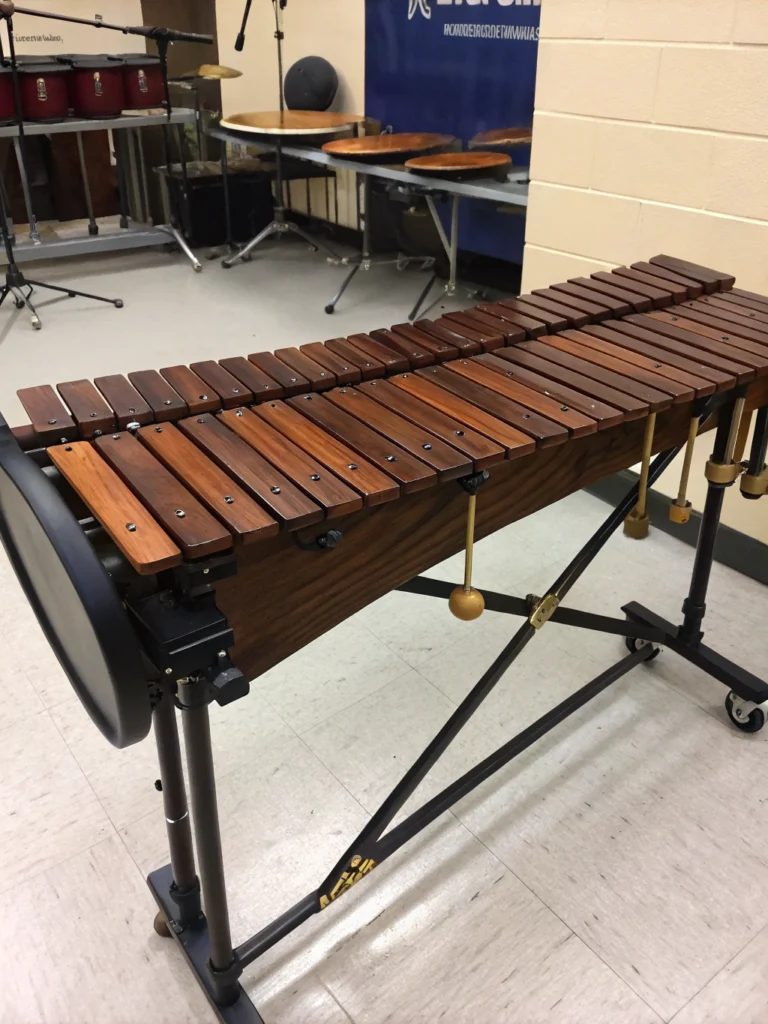What Does a Spread of -7 Mean in Football? 1 Simple Rule
Table of Contents
Introduction
Ever placed a bet on a football game and felt completely lost when someone mentioned “the spread”? You’re not alone. Thousands of fans get confused by betting terminology every season. When you see a what does a spread of -7 mean in football betting odds, it’s actually quite straightforward once you know the secret. This negative number isn’t complicated math—it’s simply telling you which team is favored to win and by how many points.
Whether you’re a casual fan or getting serious about sports betting, understanding the spread is your first step to making informed wagers. Let’s break it down in simple terms everyone can understand.
Key Information Snapshot
• A spread of -7 means the team is favored to win by 7 points
• The team must win by MORE than 7 points for you to win your bet
• If they win by exactly 7 points, it’s a “push” (your bet is refunded)
• The opposite team would be listed at +7 (underdog)
• The “-” always indicates the favorite; the “+” always indicates the underdog
Detailed Explanation
What The Negative Sign Really Means
When you see a negative spread like -7, this indicates the favorite in the matchup. Think of it as a handicap that team must overcome to “cover the spread.” For example, if the Kansas City Chiefs are listed at -7 against the Denver Broncos, the Chiefs must win by more than 7 points for a bet on them to pay out.
How Point Spreads Work In Practice
Let’s break this down with a real example:
Kansas City Chiefs (-7) vs. Denver Broncos (+7)
Here’s what happens with different final scores:
- Chiefs win 28-17 (11-point difference): Bets on Chiefs win (they covered the spread)
- Chiefs win 24-20 (4-point difference): Bets on Chiefs lose (they didn’t cover)
- Chiefs win 27-20 (7-point difference): Push (all bets returned)
- Broncos win 23-20: Bets on Chiefs lose (favorite lost outright)
The point spread exists to create balanced betting on both teams, even when one team is clearly stronger than the other. Sportsbooks aim for equal money on both sides of a bet.
Understanding The Push
One crucial concept when dealing with what is a spread in betting is the “push.” If the favorite wins by exactly the spread amount (7 points in our example), neither side wins. All bets are returned. This is why you’ll often see spreads with half points (like -7.5) to ensure there’s always a winner.
Related Facts or Tips
Tip: Most professional oddsmakers set spreads with the home field advantage worth approximately 3 points.
Did you know? Spreads can change throughout the week leading up to a game based on betting patterns, injuries, and other factors.
Tip: The point spread has nothing to do with predicting the exact final score – it’s just a handicapping mechanism to balance betting.
Did you know? In the NFL, the most common margin of victory is 3 points, followed by 7 points, which is why these numbers frequently appear in point spreads.
Common Questions (FAQs)
Does a -7 spread mean the team is good?
Yes, generally speaking. When a team is assigned a -7 spread, oddsmakers believe they’re significantly better than their opponent. However, spreads also factor in other elements like home-field advantage and recent performance.
Can I bet on exactly covering the spread?
No, standard spread bets are binary—either the team covers or they don’t. If you want to bet on an exact margin, you’d need to look into alternative betting options like exact score bets.
Why do spreads sometimes have half points (-7.5 instead of -7)?
Sportsbooks use half points to eliminate the possibility of a push. With a -7.5 spread, the team must win by 8 or more points, making every bet a winner or loser.
Do all sportsbooks offer the same spreads?
No. Spreads can vary between different sportsbooks by half a point or sometimes more, which is why serious bettors often have accounts with multiple betting sites to find the best lines.
Practical Applications or Real-Life Uses
Finding Value in Spreads
The most practical application of understanding spreads is identifying value. If you believe a team favored by 7 points will actually win by 10 or more, that’s a potential value bet. Conversely, if you think a 7-point underdog will lose by just 3 or 4—or even win outright—that’s another opportunity.
Using Spreads to Gauge Public Opinion
Spreads reflect what oddsmakers (and by extension, the betting public) think about teams. Watching how spreads move throughout the week can give you insight into how the public and sharp bettors view a particular matchup.
Mistakes to Avoid
Betting Only on Favorites
Many novice bettors only bet on favorites, thinking they’re “safer.” Remember, in spread betting, the favorite has to win by more than the spread—often a significant margin.
Ignoring Line Movements
Spreads can shift throughout the week. If a line moves from -7 to -9, that’s significant information about how money is flowing. Don’t ignore these movements.
Overlooking the Push Possibility
With common margins of victory like 3 and 7 points, pushes happen more often than you might think. Always consider this possibility when the spread is a whole number.
Betting With Your Heart
The fastest way to lose money is betting on your favorite team regardless of the spread. Smart bettors separate fandom from financial decisions.
Conclusion
Understanding what a -7 spread means is fundamental to football betting—the favorite must win by more than 7 points for you to win your bet. Remember that pushes happen when teams win by exactly the spread amount, which is why half-point spreads exist.
The next time you see a spread, you’ll know exactly what it means and how to interpret it for your betting decisions. What game are you thinking about betting on next? Take this knowledge, apply it to an upcoming matchup, and see if you can spot some value in the spreads!






